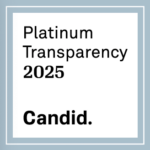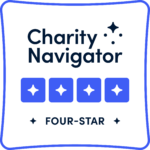This is the first of a five-part blog series on Real-World Evidence leading up to the September 21st RWE meeting . The series will highlight how Friends of Cancer Research (Friends) is working with various stakeholders to identify key elements about real-world evidence (RWE) that require further investigation for use in drug development and contribute to consensus toward the potential use of RWE in the regulatory setting.
RWE is information generated from real-world data (RWD) and collected outside the traditional clinical trial setting. Main sources of RWE include electronic medical records (EMRs), claims data, and patient registries. RWE differs from clinical trial data, which often reflects a limited patient population due to eligibility criteria and produces carefully curated results. Instead, RWE reflects the general patient population and real-world clinical practice. High quality RWE has the potential to contribute estimates of safety and effectiveness of therapies beyond what is identified from clinical trials.
Currently, challenges remain in RWD collection and curation of RWE in drug development, specifically, to inform regulatory review. Data quality continues to present a challenge as differing sources of data are aggregated to create a uniform dataset with varying levels of specificity and completeness. For example, overall survival (OS) is the primary endpoint traditionally used by regulators to evaluate product efficacy. However, this can be a difficult measure to achieve in RWE given the lack of a national patient registry. The characterization and validation of real-world endpoints, as proxy endpoints for use in assessing an observed clinical benefit or expected substantial improvement in OS, is an important next step in the advancement of RWE.
In response to this challenge, in 2018, Friends convened a multi-stakeholder group to discuss the Pilot Project 1.0: Operationalizing and Validating Real-World Evidence. The purpose of the pilot was to test and validate RWE data collection efforts and identify proxy endpoints that correlate with clinical benefit for all groups to address issues in RWE data collection. Friends assembled six data partners, representing different sources of RWD. We aligned on set definitions and protocols to identify similar patient populations with advanced non-small cell lung cancer (aNSCLC) and assessed outcomes of those patients in response to treatment with immuno-oncology therapies.
This project had two key outcomes. First, by utilizing the same definitions and methods we were successful in identifying similar patient populations and patient outcomes across different RWE datasets and collection mechanisms. Second, we identified readily extractable real-world endpoints, for example time to treatment discontinuation, as potential proxy endpoints for OS. These outcomes suggest we can potentially measure similar patient outcomes and identify patient populations with increased benefit or risk for an approved therapy. Additionally, despite analyzing data from different data sources (EMR versus Claims), the groups produced consistent results, adding significant value to the validity of these findings.
The project’s success was due to the collaborative nature of various groups and provides guidance for developers in considering RWD collection during drug development. Stay tuned for our next blog discussing the Pilot Project 2.0 Establishing the Utility of Real-World Endpoints.

